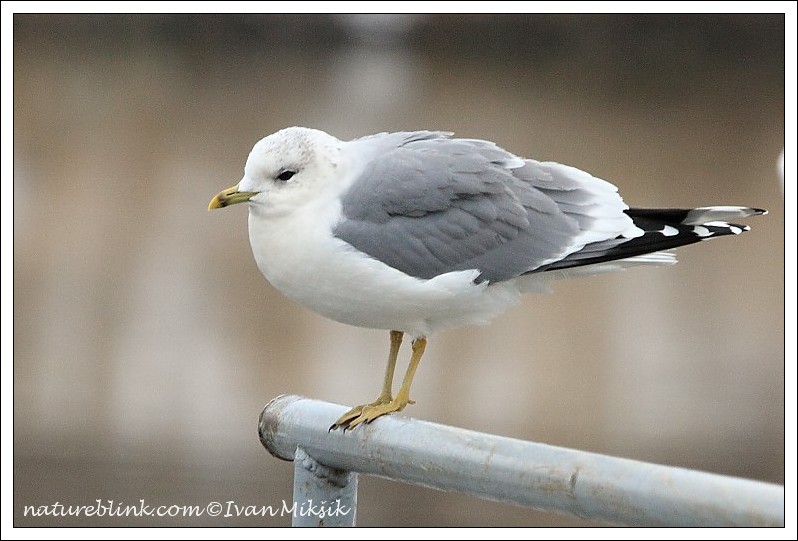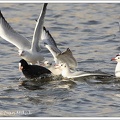1/14
Tamanhos da fotografia
✔ XXS - Pequenissimo (240 x 162) ✔ XS - Pequena (432 x 292)
✔ Pequeno (576 x 390)
✔ Original (798 x 541)

- License
- All Rights Reserved
- Autor
- Ivan Miksik
- Aberta em
- Domingo 23 Janeiro 2011
- Publicado em
- Domingo 23 Janeiro 2011
- Dimens�es
- 798*541
- Arquivo
- racek_7873.jpg
- Tamanho do arquivo
- 94 Kb
- Visitas
- 3128
- Pontuação na avaliação
- Sem avaliação
- Classifique esta foto
- Fabricante
- Canon
- Compensação na exposição
- 0 EV
- Tempo de exposição
- 1/400 s
- Focagem
- 400 mm
- Abertura número
- 7.1
- ISO
- 500
- Data e hora do original
- 2011:01:23 11:05:07



1 comentário